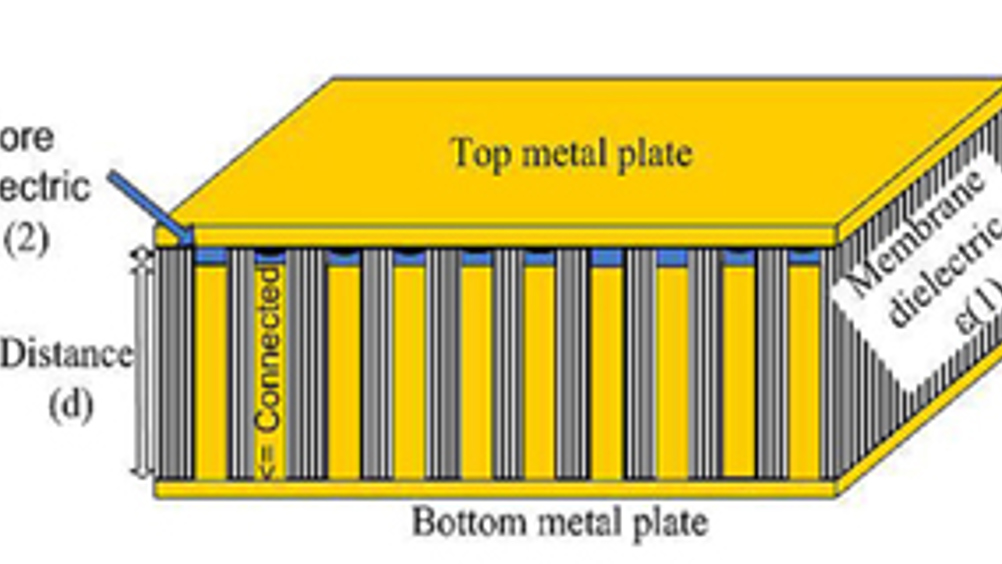Charge it

Researchers at the University of Arizona are developing capacitors built on nano-scale structures that quickly store and discharge large amounts of power.
Capacitors have been around for a long time. In their simplest form, they consist of two conducting plates separated by an insulating material. If they're connected to a battery, a charge appears on their plates. But conventional capacitors aren't suitable for use in hybrid vehicles because they would have to be enormous to store the required amount of energy.
Now, however, researchers at the University of Arizona are developing a technology based on DESDs (Digitated Energy Storage Devices) that could solve this problem. The DESD breakthrough was made by Professor Olgierd Palusinski, his former graduate student Ken Bartley, Research Engineer Jaeheon Lee, and others on their team in the electrical and computer engineering department.
DESDs have a very high capacitance-to-volume ratio that's more than 10,000 times larger than a conventional parallel-plate capacitor of the same size. This makes for a device with large capacitance in a small package.
Register now to continue reading
Thanks for visiting The Engineer. You’ve now reached your monthly limit of news stories. Register for free to unlock unlimited access to all of our news coverage, as well as premium content including opinion, in-depth features and special reports.
Benefits of registering
-
In-depth insights and coverage of key emerging trends
-
Unrestricted access to special reports throughout the year
-
Daily technology news delivered straight to your inbox










Pipebots Transforming Water Pipe Leak Detection and Repair
Fantastic application.